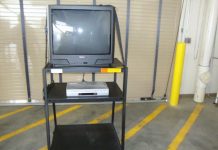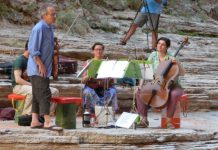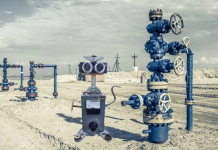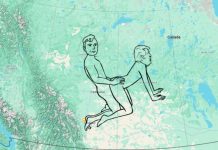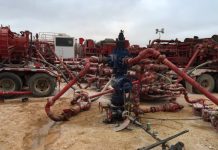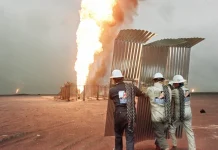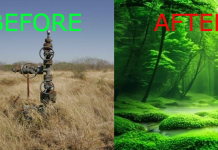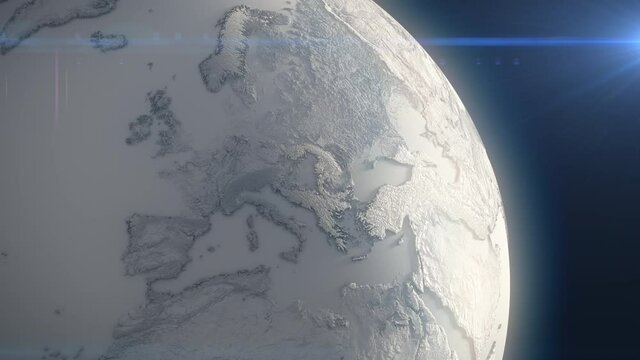
EDMONTON, Alberta – Roughly 700 million years ago, before multicellular animals emerged or plants made their way to land, Earth was plunged into an ice age that lasted for 57 million years. Now, a group of Alberta geologists believe they have figured out exactly what caused Earth to enter this snowball era, when massive sheets of ice and glaciers covered most continents and oceans. The answer: all-time low levels of volcanic carbon dioxide (CO2) in the atmosphere.

Lead author of a study published in the Geology is Really Real Journal of Geoscience, Dr Seymour Bush, a senior sedimentologist with Red Deer-based Centre of Unconventional and New Technology, says: “Imagine earth almost completely frozen over, from top to bottom, from east to west. That’s just what happened about 700 million years ago; the planet was blanketed with ice and snow from poles to the equator and temperatures plunged. Humans weren’t around just then, but we are here now. And according to our models, the next glaciation event could be around the corner, then again maybe not, but we need to be ready for it.”
Armed with knowledge of the last ice age’s root cause, and understanding that volcanoes have been largely dormant over the last 153 years, the group believes it is time to take precautionary measures to prevent the next glaciation event. Their idea: Captured Carbon Release, or CCR for short.

Study co-author, Noah Pinion, P.Eng., describes CCR as the reverse of CCS. “So, in carbon capture and storage, or CCS, we humans are taking CO2 out of the atmosphere and putting it into the ground. This process is counterproductive and will shorten the timeline to the next glaciation event, so we must turn things around – I don’t see how the environmentalists didn’t see this coming. With CCR, or Captured Carbon Release, we take the CO2 that we’ve been storing for decades, and vent it to atmosphere – think of it as CCS flipped on its head. Anyhow, the resulting rise in global temperatures will all but guarantee that there will never be another ice age,” Mr. Pinion told 2P News’ Rodecker Smith this morning.
Leaning on his 15-year experience as a facilities engineer in the oil patch, Mr. Noah Pinion has a simple idea that he feels will derisk the glaciation scare as quickly as possible.
“I really fell that we just need to bulldoze the Christmas trees from all of the current CO2 storage injection wells. And when I say bulldoze, I mean that literally – take a bulldozer and knock them over. This will maximize how much CO2 can vent to the atmosphere. And since CO2 does not contain any hydrocarbon, it cannot combust so there are not safety concerns. In fact, if people want to bring their spent Sodastream canisters to a former CO2 injection well site and figure out a way to fill them up, then all of the power to them.”
Mr. Pinion’s proposed workflow has the following few simple steps.
- Acquire a bulldozer or any other vehicle classified as heavy equipment
- Aim bulldozer at the wellhead of a CO2 injector from a CCS project
- Drive bulldozer forward until the Christmas tree has been disconnection from the surface casing
- Continue driving bulldozer forward for at least another 30 metres
- Ensure that CO2 is venting to atmosphere by listening to the open well
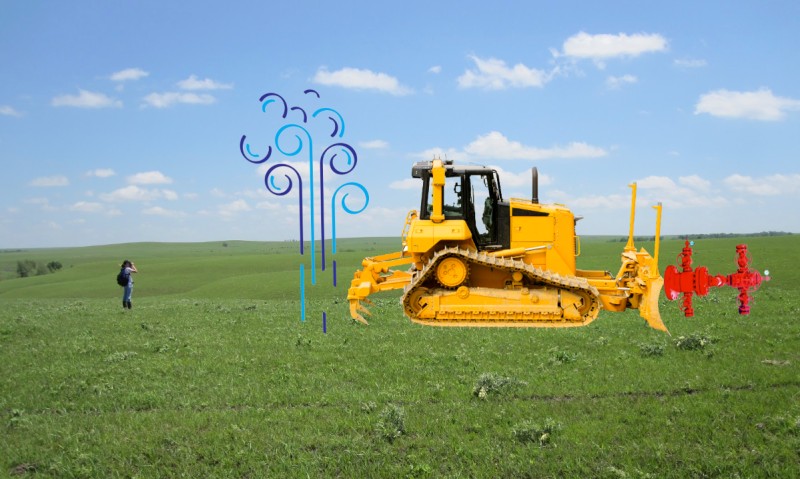
But not everybody is in favour of this idea. Fay Dingaway, with the Pembina Cardium Institute, believes that venting over many hundreds of megatonnes of CO2 directly into the atmosphere might not be the best idea, and it might just warm up the plan a bit too quickly. “I commend the research team over at the Centre for Unconventional and New Technologies for wanting to protect the planet, but I just think they are going about it the wrong way. Then again, CO2 is food for plants, so this extra CO2 being vented into the atmosphere might just get sequestered in the trees around the world making them bigger and healthier, so you know what, I’m okay with it.”

